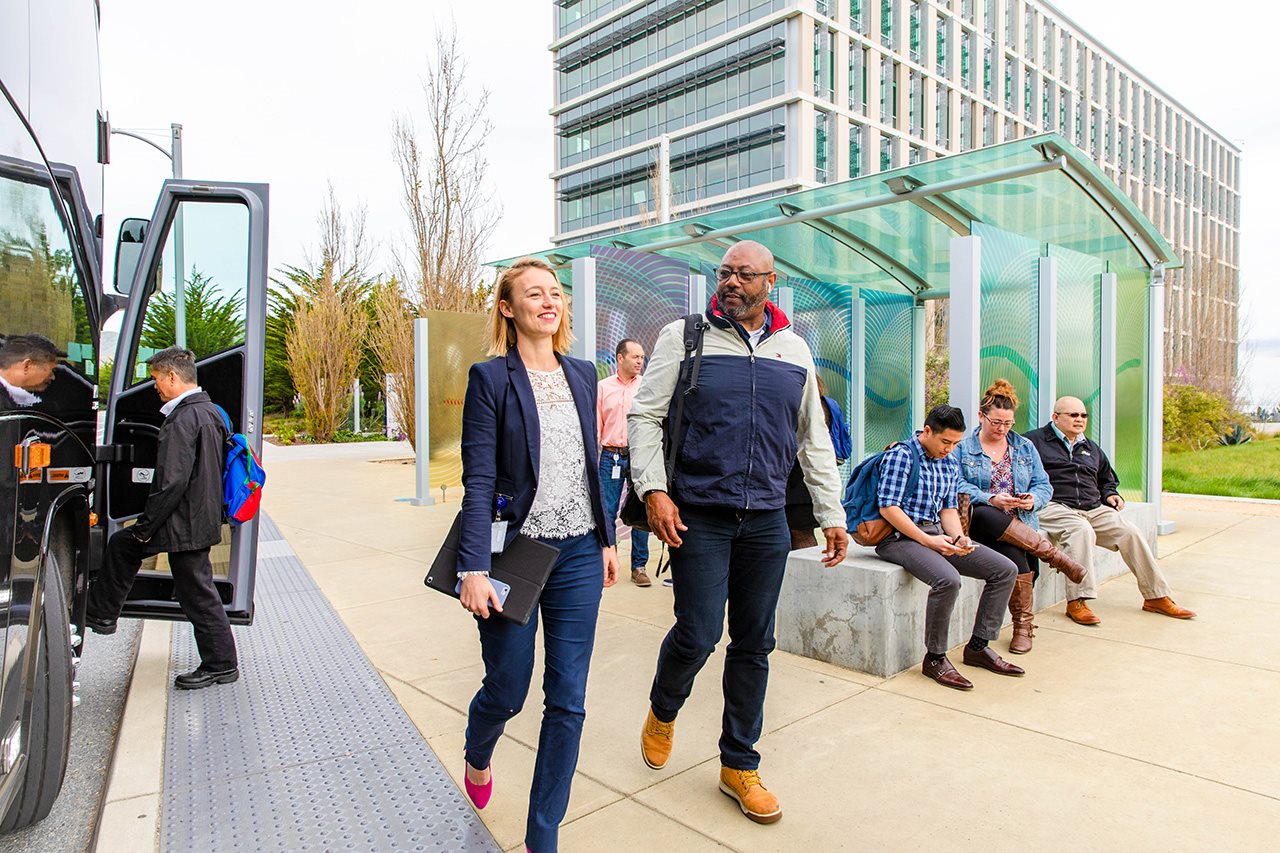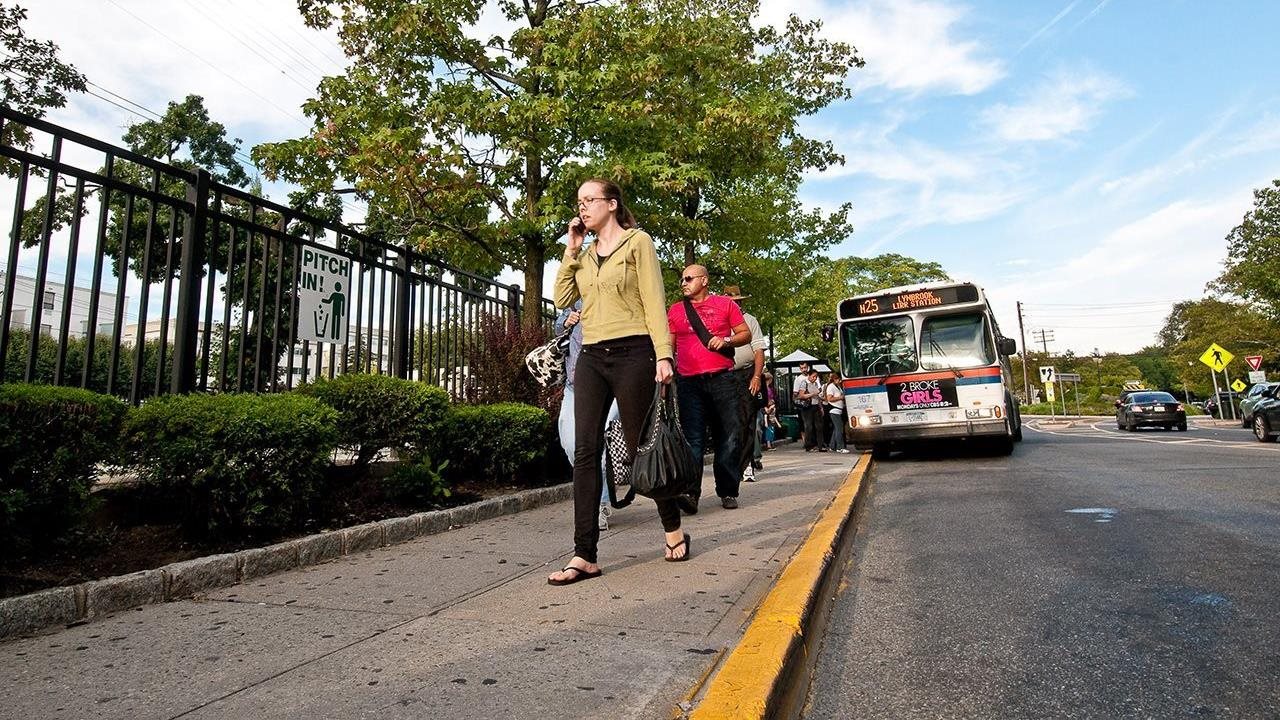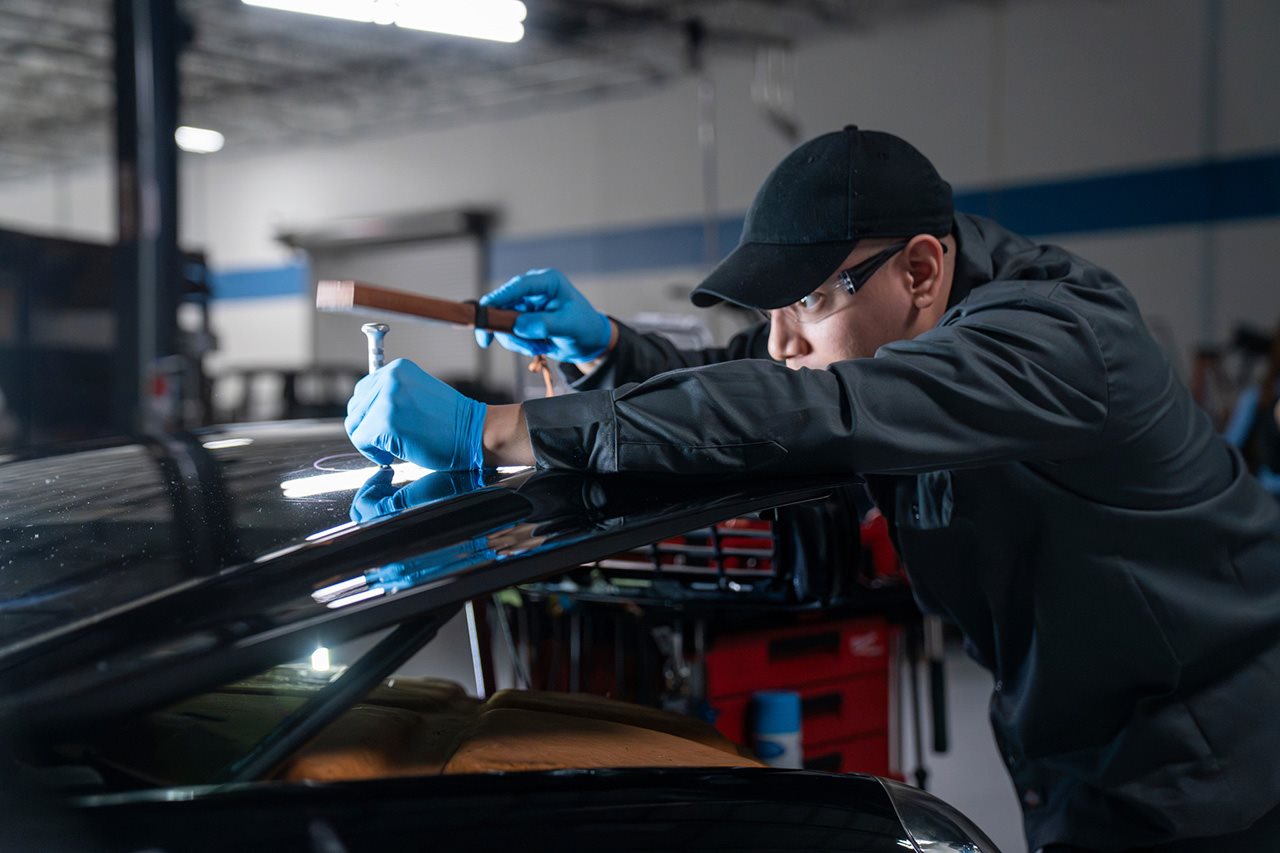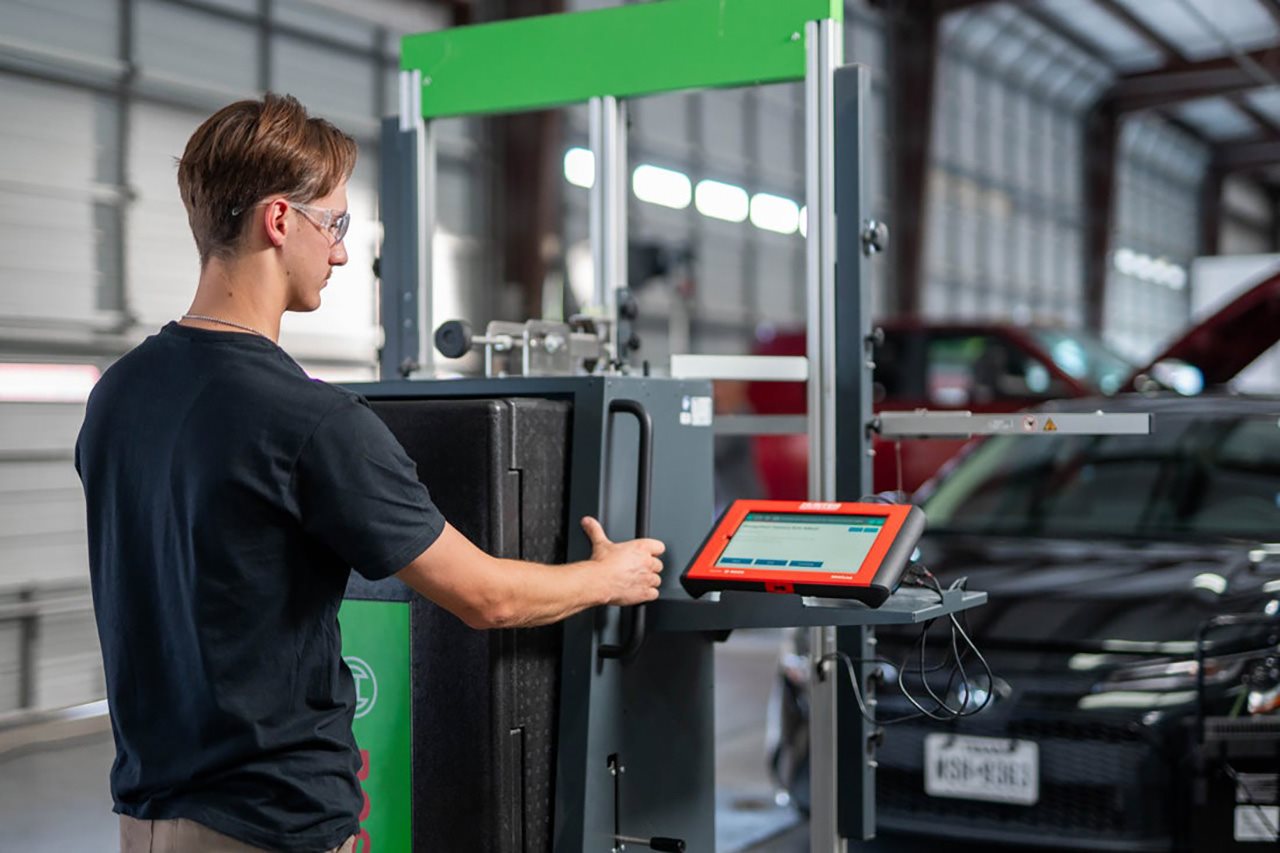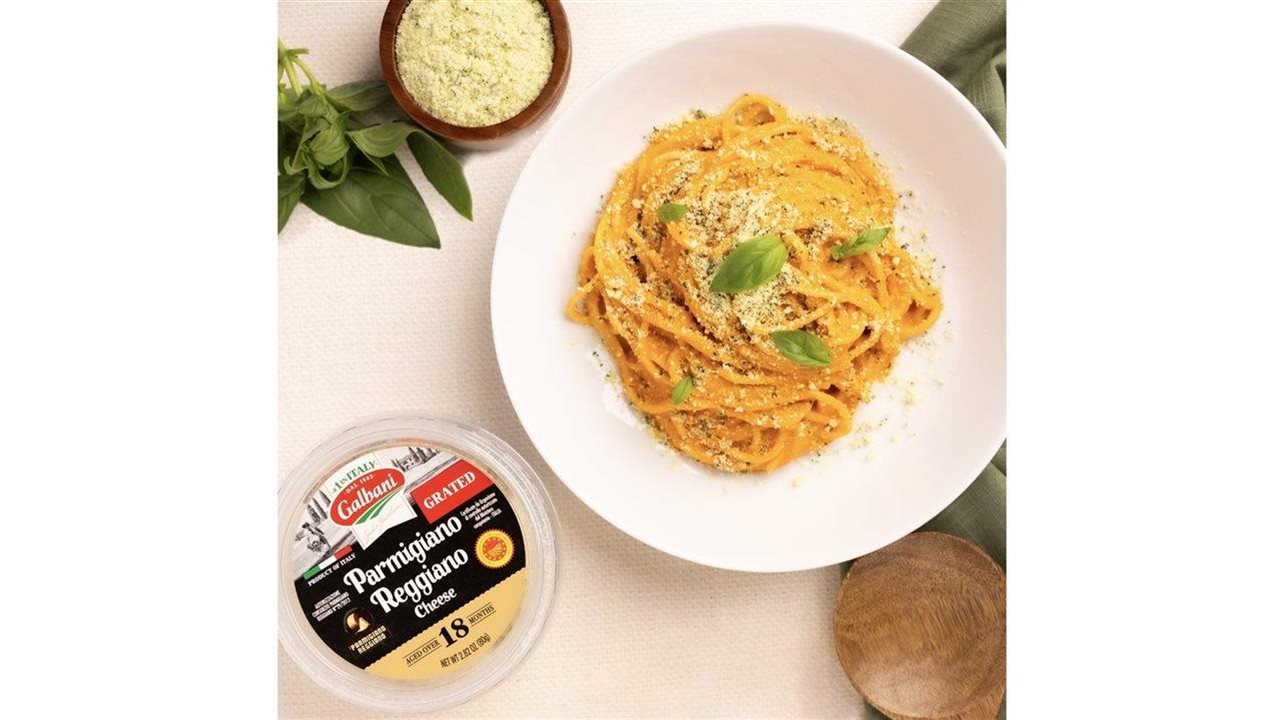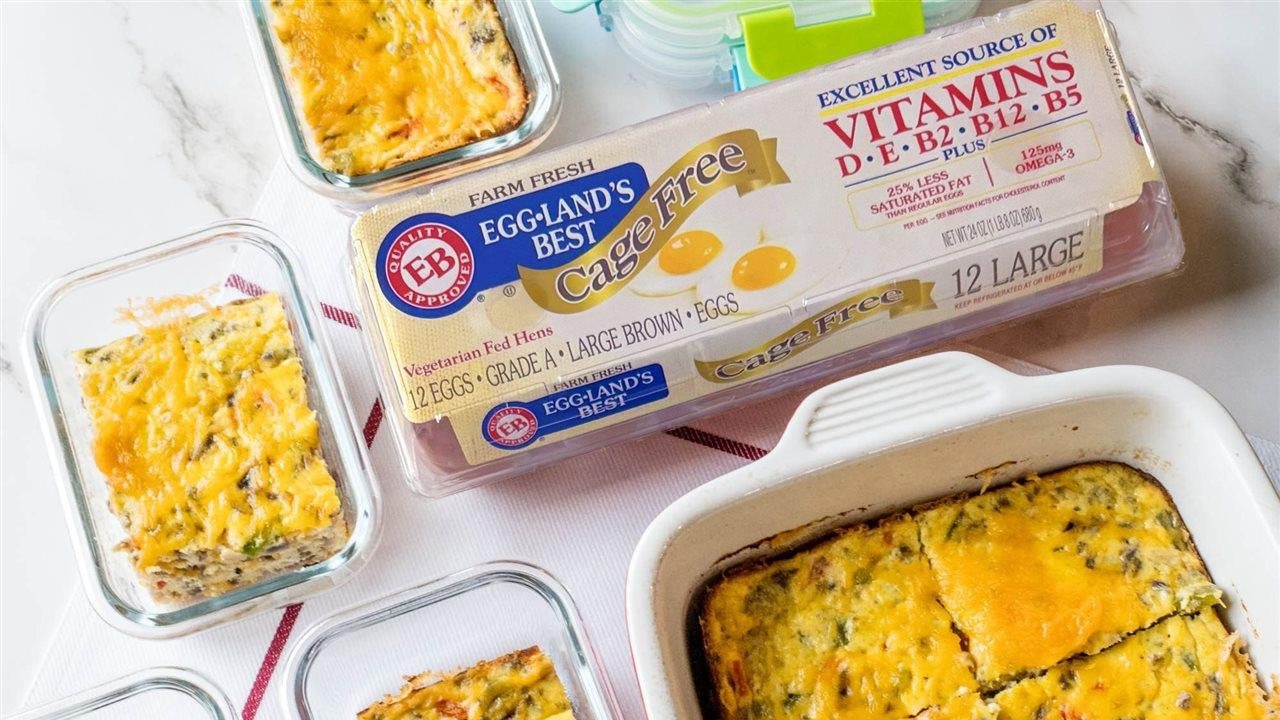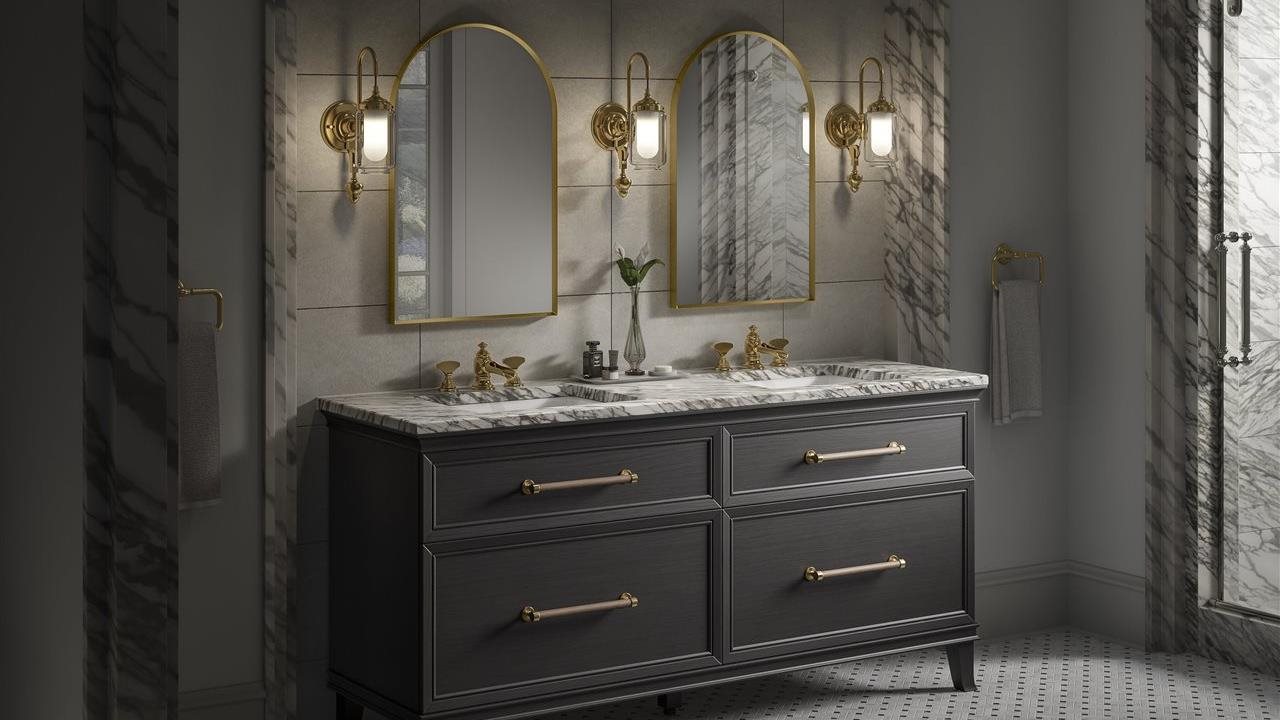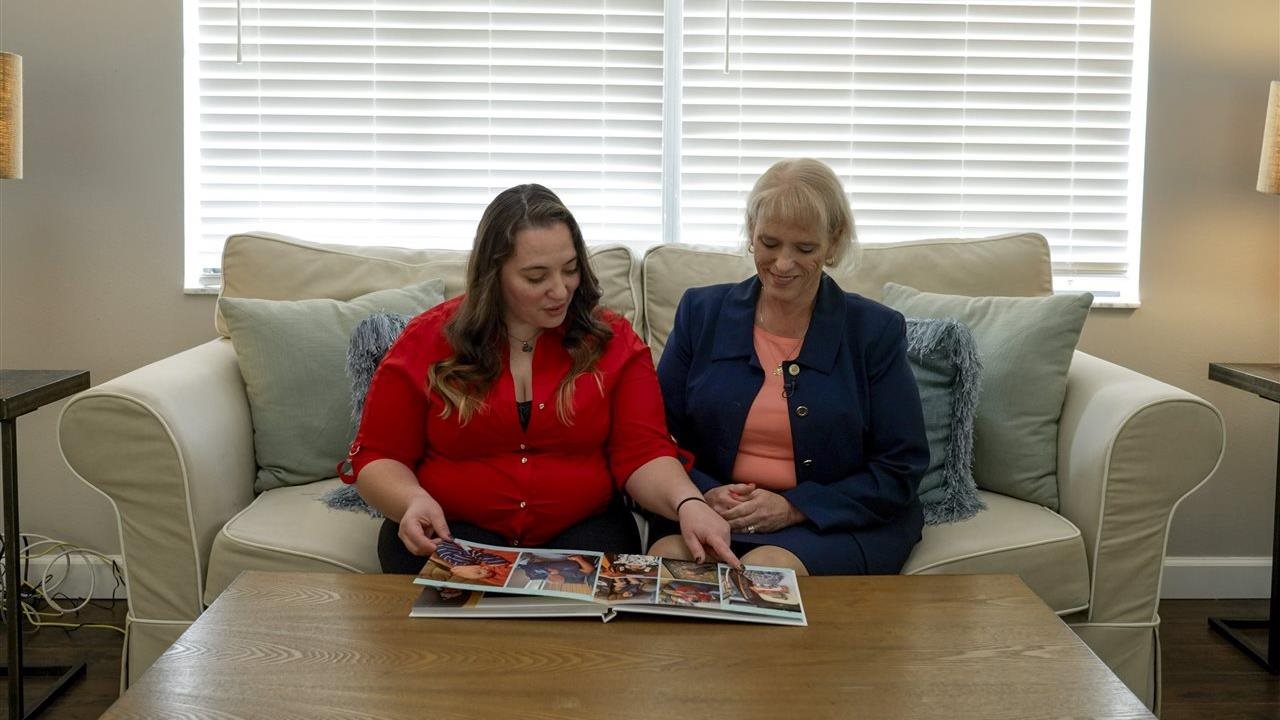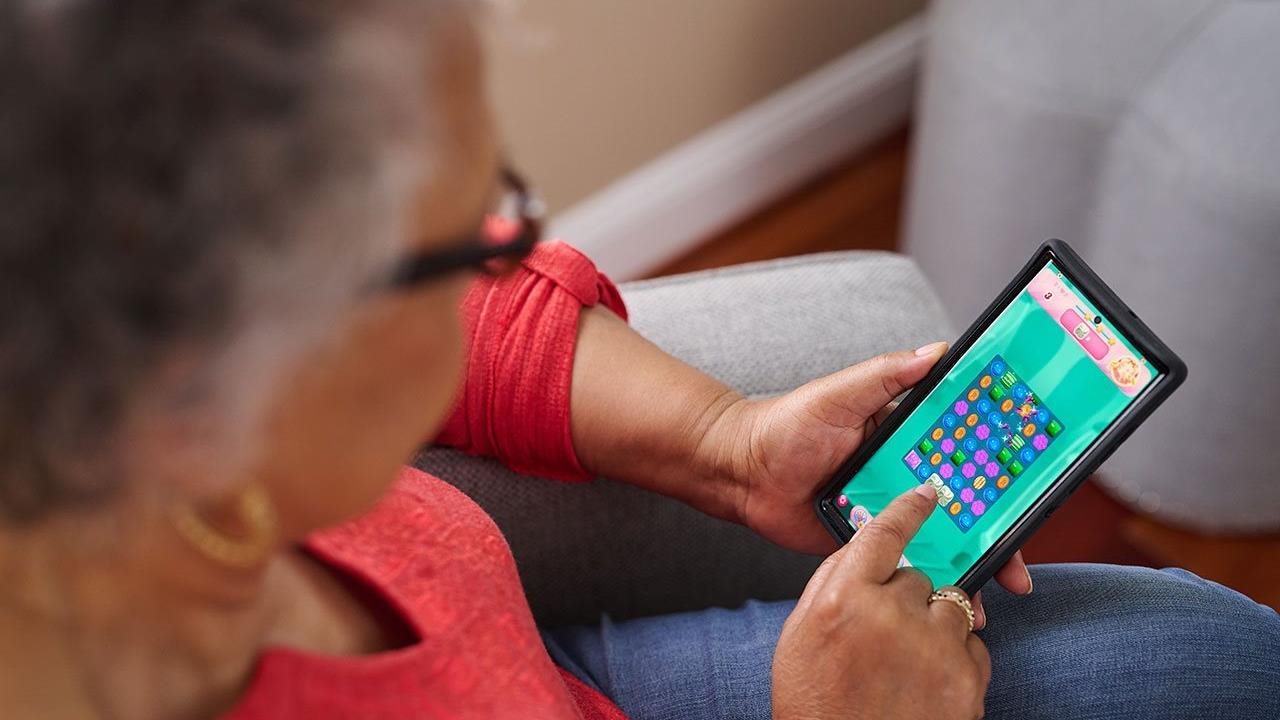2025-09-15T09:17:00
(BPT) – When severe weather strikes, one’s home is often the first line of defense. While many homeowners are focused on protecting the roof, windows or basement, it’s easy to forget about one of the home’s most important systems: heating and cooling. An HVAC system keeps a family comfortable year-round, but it’s also vulnerable to damage during storms, floods, wildfires and other natural disasters.
Taking a few precautions can help avoid costly repairs and ensure the system is safe to use after the storm passes. The following are four steps homeowners can take to protect their HVAC systems.
Power down before the storm
When a natural disaster approaches, turn off power to the HVAC system at the circuit breaker. This reduces the risk of electrical damage from power surges and helps protect the equipment in the event of flooding.
A great way to go one step further is to install surge suppression for both your indoor and outdoor units. These devices work by squelching surges and spikes that might damage the electronics within your system. They help prevent problems during lightning storms or when the electrical grid is under stress from severe weather. Some models can also provide protection during electrical brownouts. The best part? They’re relatively inexpensive and easy to install, but they offer excellent protection for your HVAC investment.
Secure outdoor units from high winds
Strong winds can cause serious damage, either by shifting the unit off its base or by hurling debris into the equipment. Before the storm, bolt outdoor units securely in place. Remove lawn furniture, planters or tools that could become airborne hazards. In hurricane-prone areas, homeowners often use hurricane straps to provide their equipment with added stability.
Guard against flooding
Rising water poses major risks to indoor and outdoor HVAC equipment. If a home is in a flood-prone area, consider elevating your outdoor unit on a concrete or composite platform. After flooding, never attempt to restart the HVAC system without first having it inspected. Moisture exposure can cause hidden damage, electrical hazards or mold growth if not addressed by a professional.
Keep up with regular maintenance
Routine HVAC maintenance is always a smart move, but it’s especially important in areas prone to extreme weather conditions. Having a system inspected both before and after severe storms can help catch any damage early. A qualified technician, such as a Rheem Pro Partner®, ensures the equipment is safe, efficient and ready for the season ahead.
Regardless of one’s location, preparation is essential. Natural disasters can happen with little warning, and these steps can help protect a home’s comfort systems and save users from unexpected expenses. For additional resources and expert help, companies such as Rheem, a well-known 100-year-old HVAC manufacturer, and its network of contractors, offer guidance to homeowners navigating these challenges.



